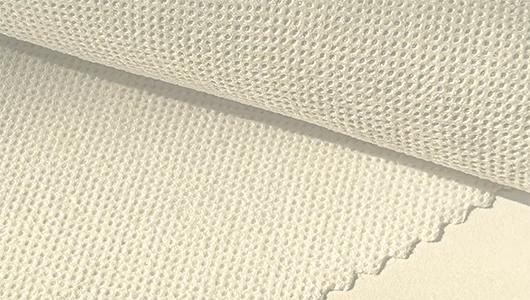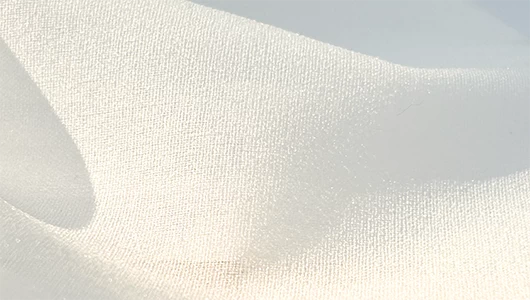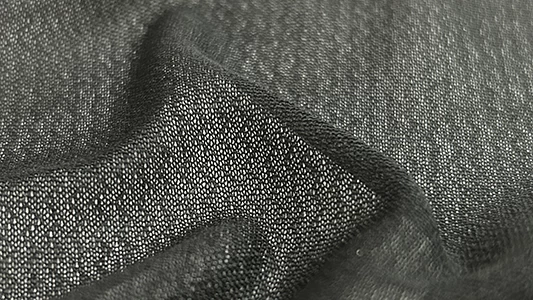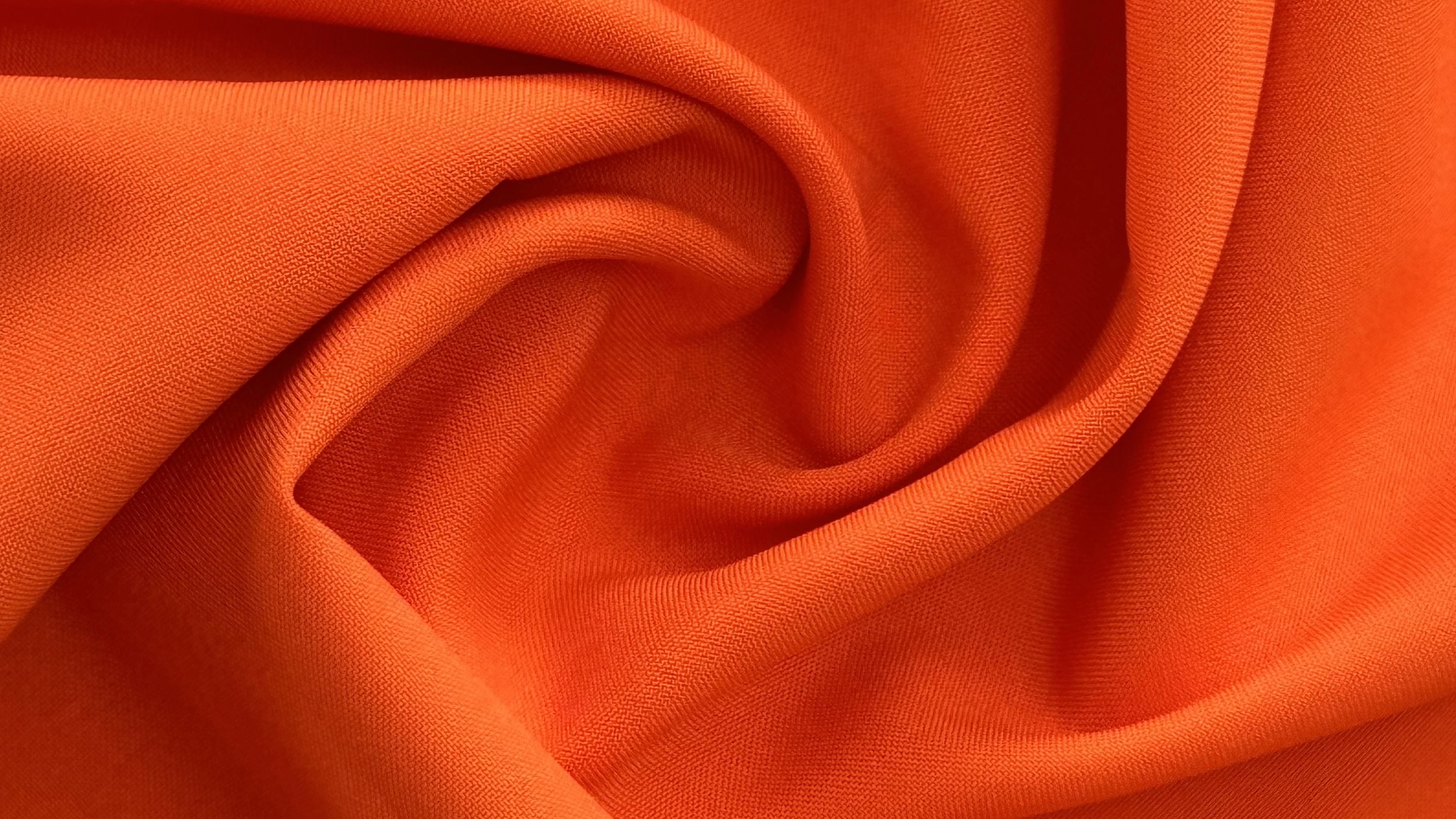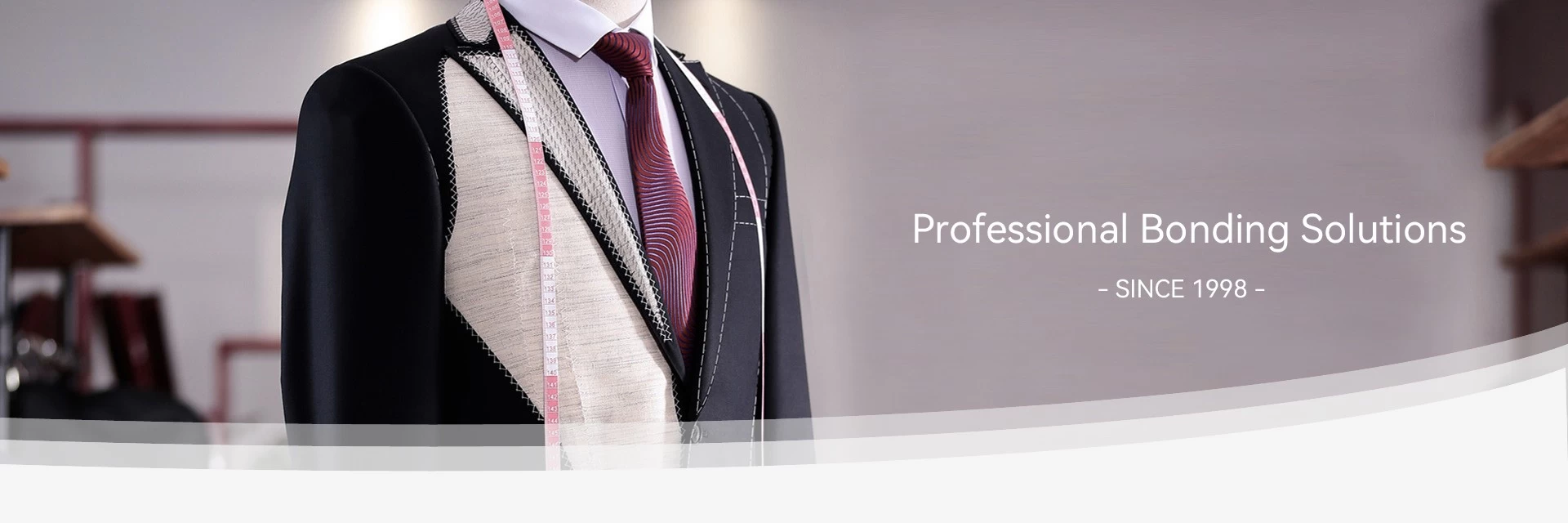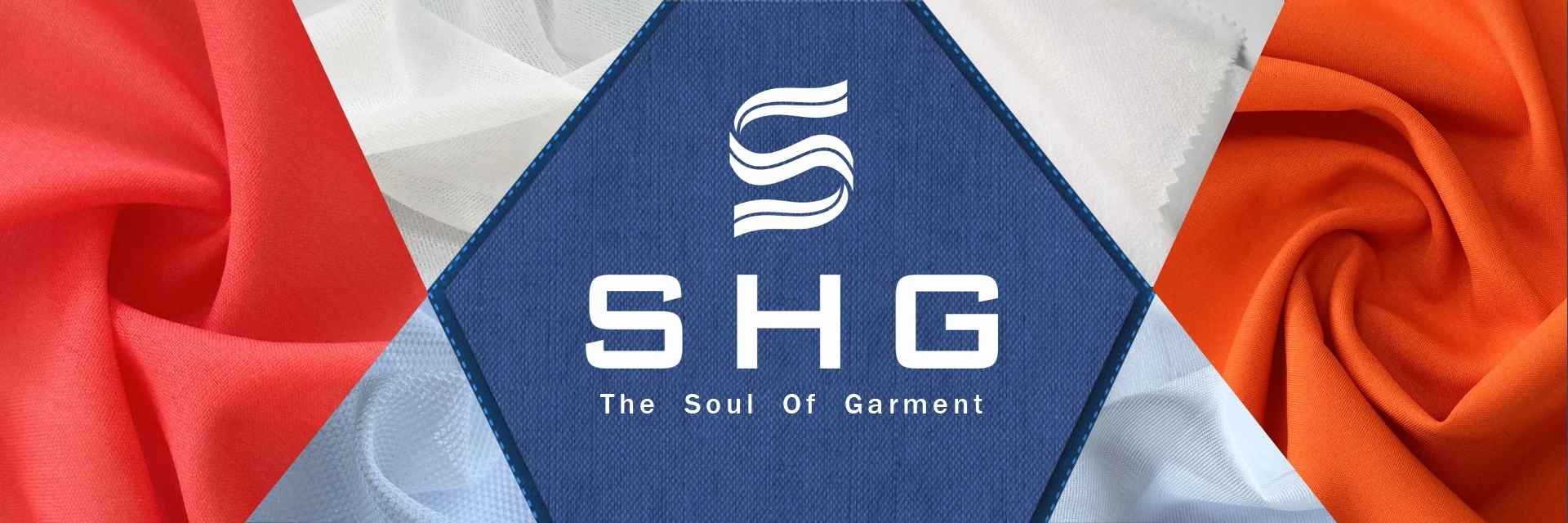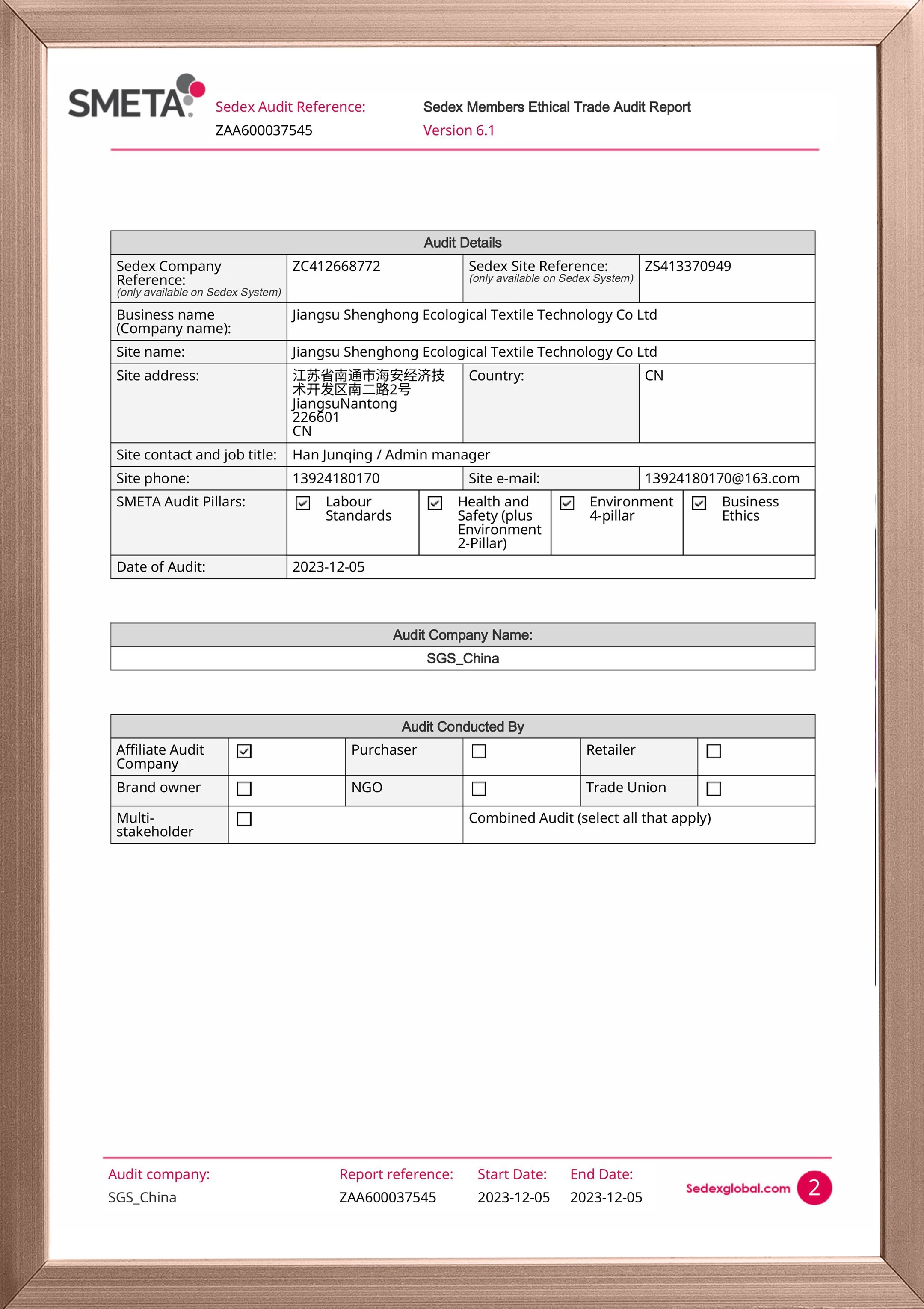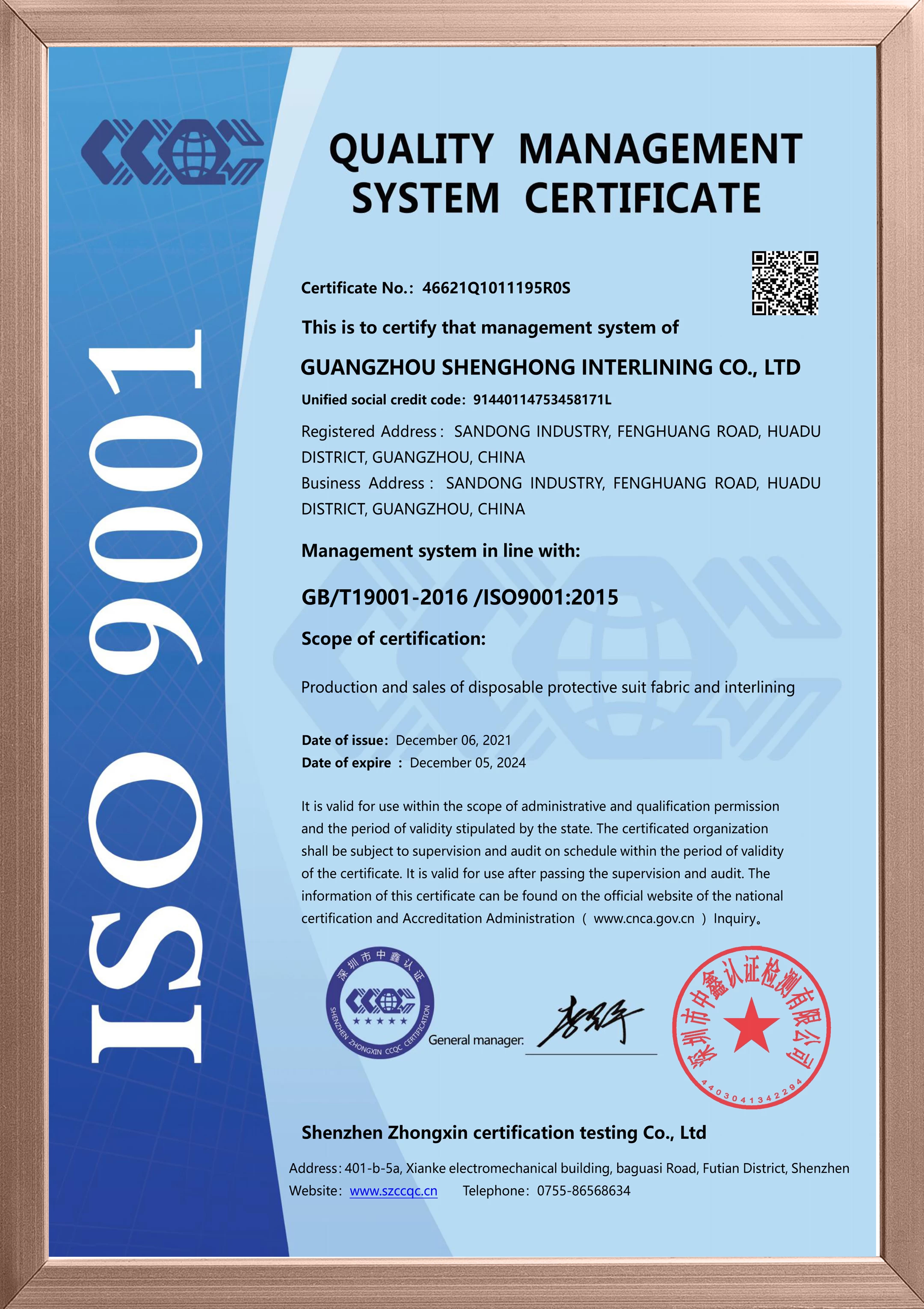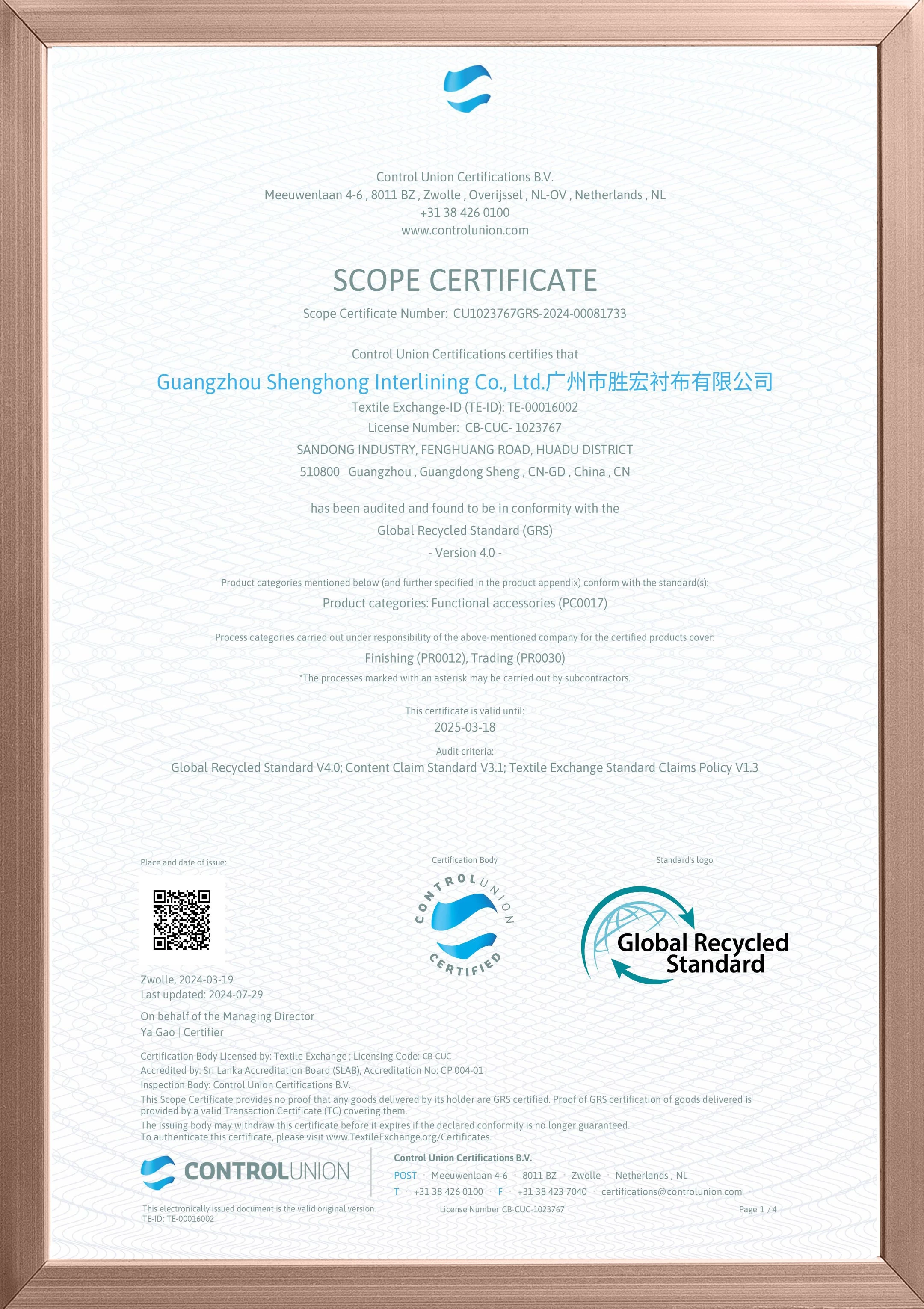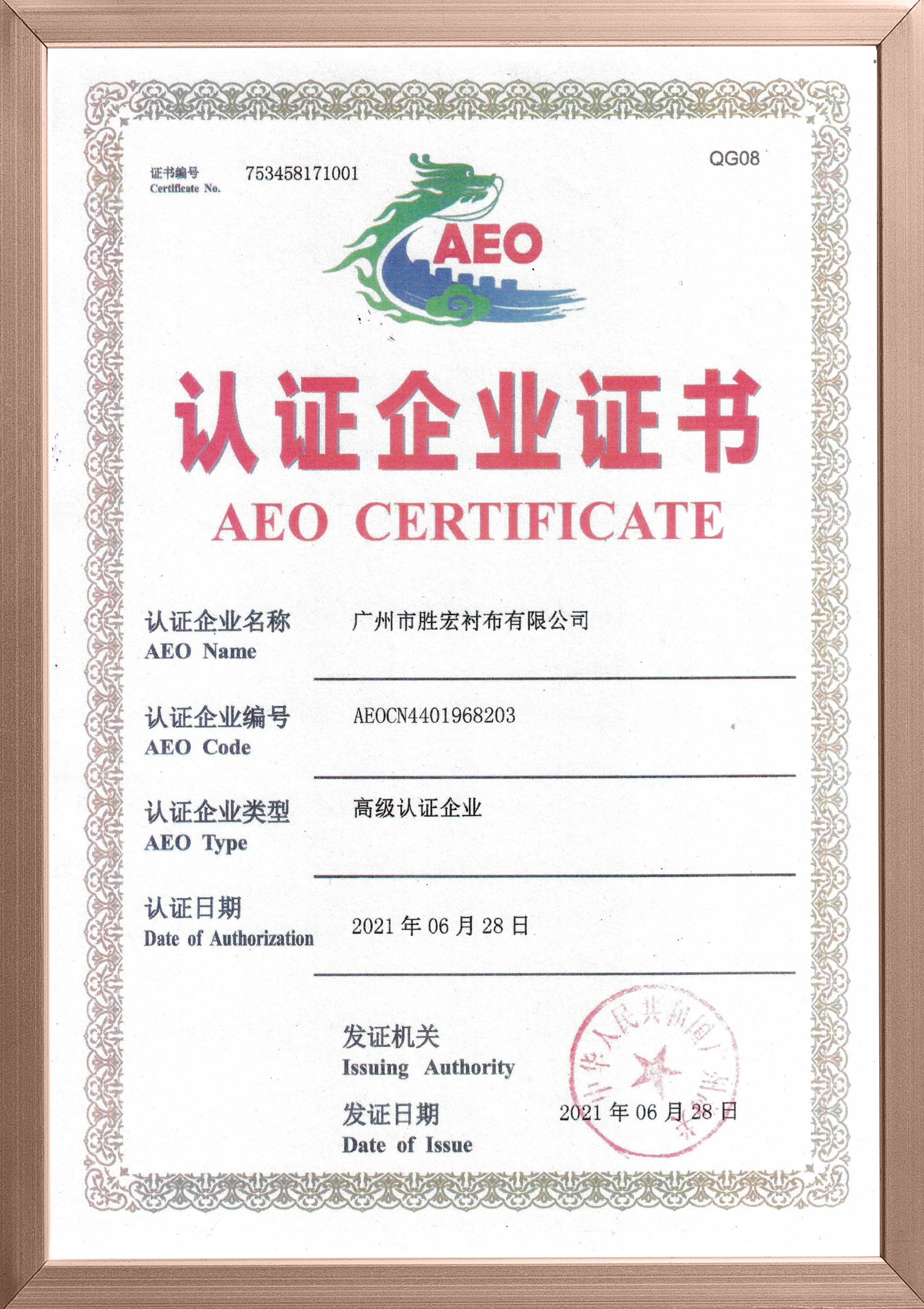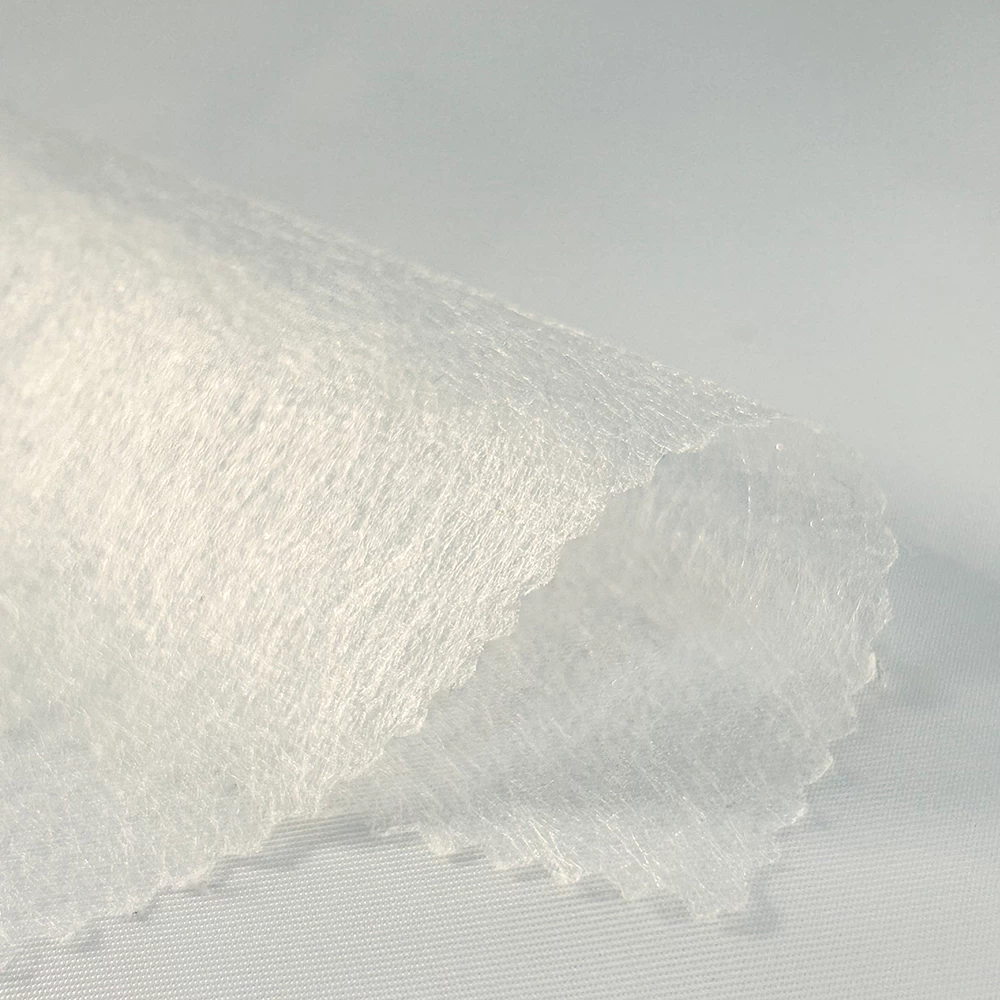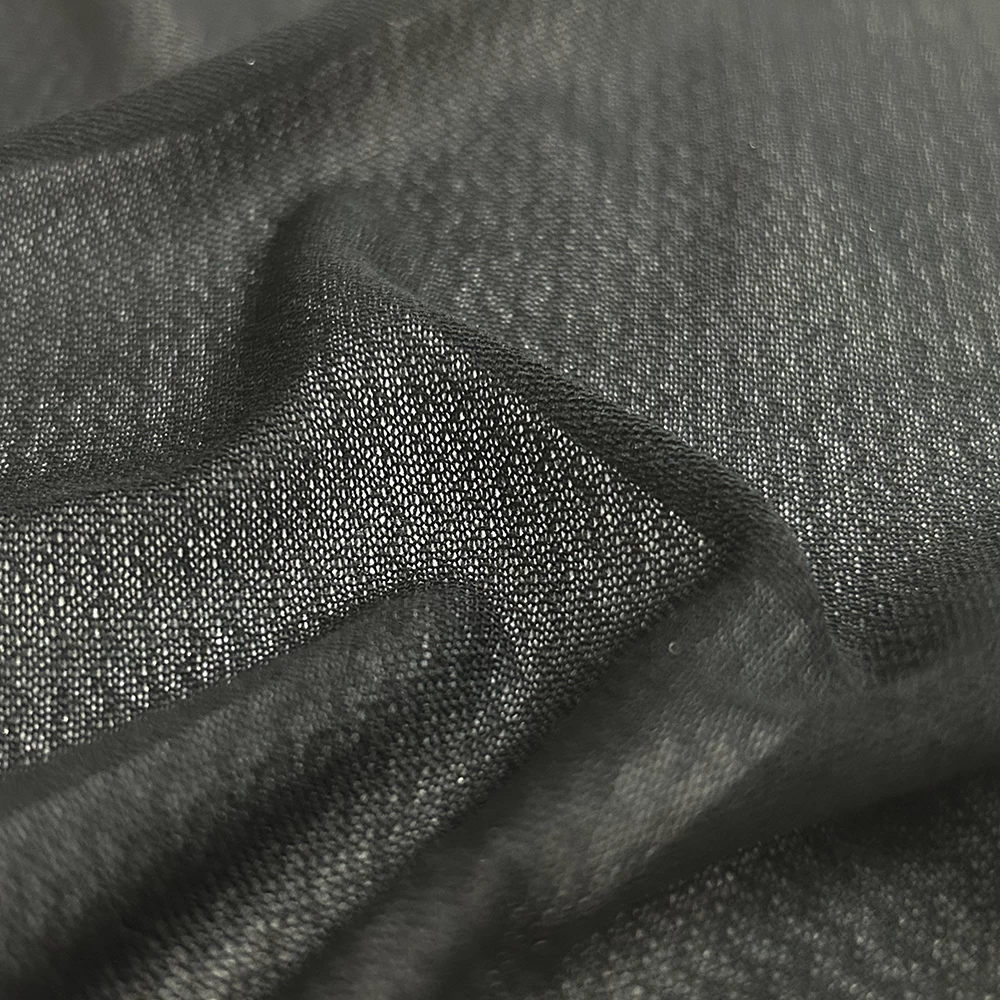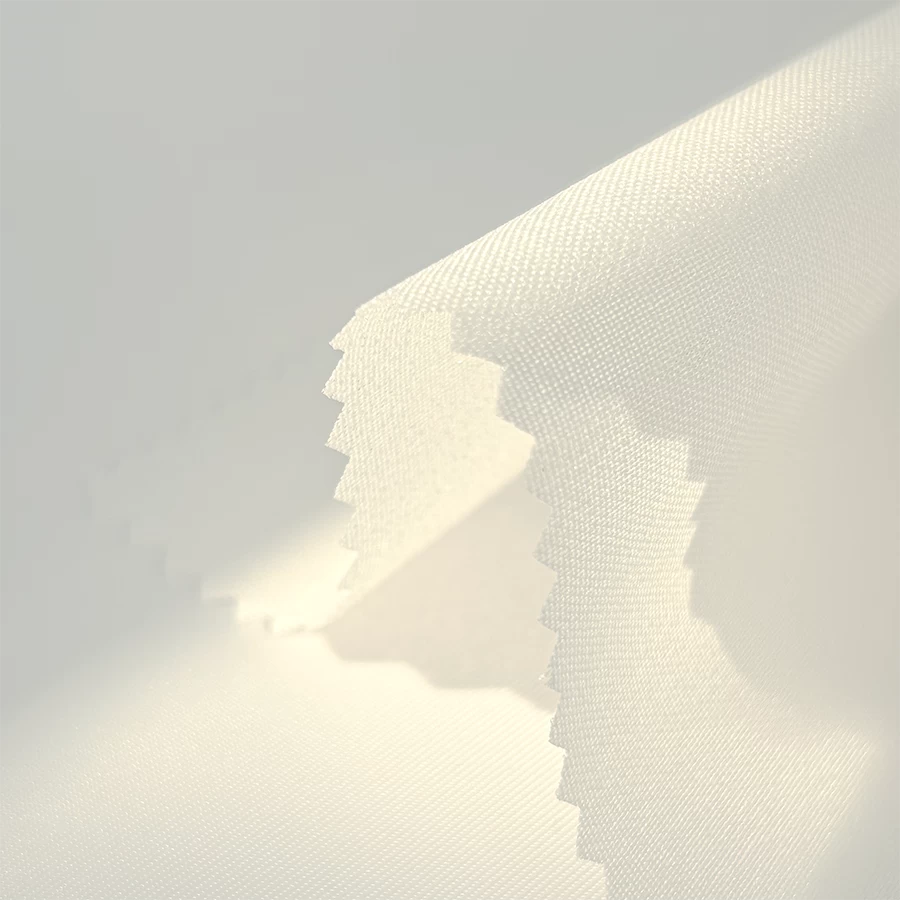Interlining Selection Guide for Silicone Coated Fabrics
In the modern textile and apparel industry, silicone oil coated fabrics are widely used in all kinds of high-end apparel, outdoor equipment and functional garments due to their unique properties, such as waterproof, soft and smooth, and wrinkle-resistant. However, when this special fabric is used with interlining, if it is not selected properly, problems such as poor bonding, hardening and wrinkling may occur, affecting the overall quality and wearing experience of the garment. Therefore, it is crucial to master the method of selecting interlining for silicone oil coated fabrics. China shenghong interlining manufacturer
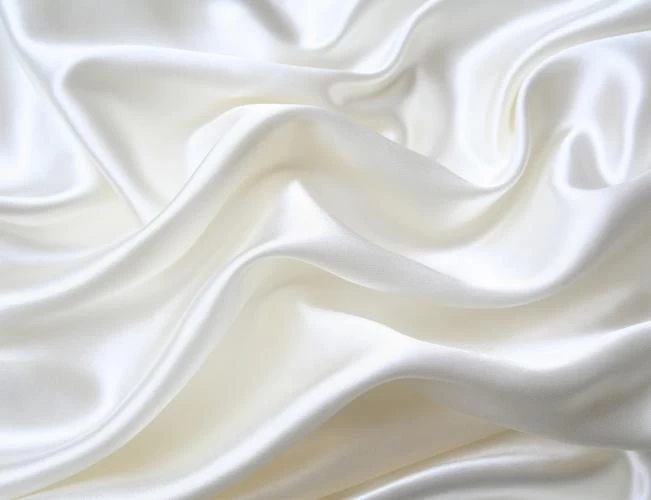
First, understand the characteristics of silicone oil coated fabrics
Silicone oil coating is a layer of silicone polymer evenly coated on the surface of the fabric, which gives the fabric a variety of excellent performance. Waterproof is one of its distinctive features, it can effectively block the penetration of water, commonly used in the production of raincoats, raincoats and other outdoor clothing; soft and smooth touch to make the clothing more comfortable to wear, and the surface of the fabric has a unique luster; at the same time, the silicone oil coating also enhances the wrinkle-resistant fabrics, so that the clothing for a long time to maintain the stiffness. At the same time, silicone oil coating can also enhance the wrinkle resistance of fabrics, so that the clothes remain firm for a long time. However, because of these characteristics, the surface of silicone oil coated fabrics is relatively smooth, and the molecular structure is more compact, which puts forward higher requirements for the choice of interlining. Interlining Factory in China

Second, the choice of interlining material
(A) polyester fiber interlining
Polyester fiber backing cloth has good strength and dimensional stability, not easy to deform. Its heat resistance is good, can withstand a certain temperature of ironing, suitable for use with silicone oil coated fabrics. When bonded with silicone oil coated fabrics, polyester interlining provides good support and keeps the garment in good shape. For example, when making a blazer, the use of polyester interlining can help the garment maintain a straight shoulder and chest line while complementing the wrinkle resistance of silicone-oil coated fabrics.
(ii) Viscose interlining
Viscose interlining is made of natural cellulose, which has good moisture absorption and softness. When paired with silicone oil-coated fabrics, it can make garments more comfortable to wear, with a better sense of touch close to the skin. Moreover, viscose interlining fabric has better drape, which is suitable for making some garments that need natural drape, such as dresses and trench coats. In these garments, viscose interlining can be combined with the soft and smooth characteristics of silicone oil coated fabrics to enhance the overall texture of the garment.
(iii) Non-woven interlining
Nonwoven interlining is made by mechanical, thermal adhesion or chemical methods to bond the fibers together, with the advantages of light weight and low price. For some garments that are more sensitive to weight and cost, such as those of fast fashion brands, nonwoven interlining is a good choice. When paired with silicone oil coated fabrics, it provides some support and conformability without adding too much weight to the garment.
III. Bonding performance considerations
(i) Type of hot melt adhesive
The hot melt adhesive on the interlining fabric is the key to realize the bonding with the fabric. For silicone oil coated fabrics, it is recommended to choose low temperature hot melt adhesive backing. Because silicone oil coated fabrics may be deformed and discolored at high temperatures, low-temperature hot melt adhesives can achieve good adhesion at lower temperatures to avoid damage to silicone oil coated fabrics. For example, EVA (ethylene vinyl acetate copolymer) hot melt adhesive has good flexibility and adhesive strength, and relatively low melting point, suitable for bonding with silicone oil coated fabrics.
(ii) Bonding process
In addition to choosing the right hot melt adhesive backing, the correct bonding process is also crucial. During the bonding process, the temperature, pressure and time should be strictly controlled. Generally speaking, the temperature should be controlled near the minimum activation temperature of the hot melt adhesive, the pressure should not be too high to avoid damage to the fabric, and the time should be adjusted according to the thickness of the fabric and interlining, the characteristics of the hot melt adhesive and other factors. For example, when using low-temperature EVA hot melt adhesive backing to bond with silicone oil coated fabrics, the temperature can be set at 110 - 130℃, the pressure should be kept at 0.2 - 0.3MPa, and the time should be 10 - 15 seconds.China interlining manufacturer



